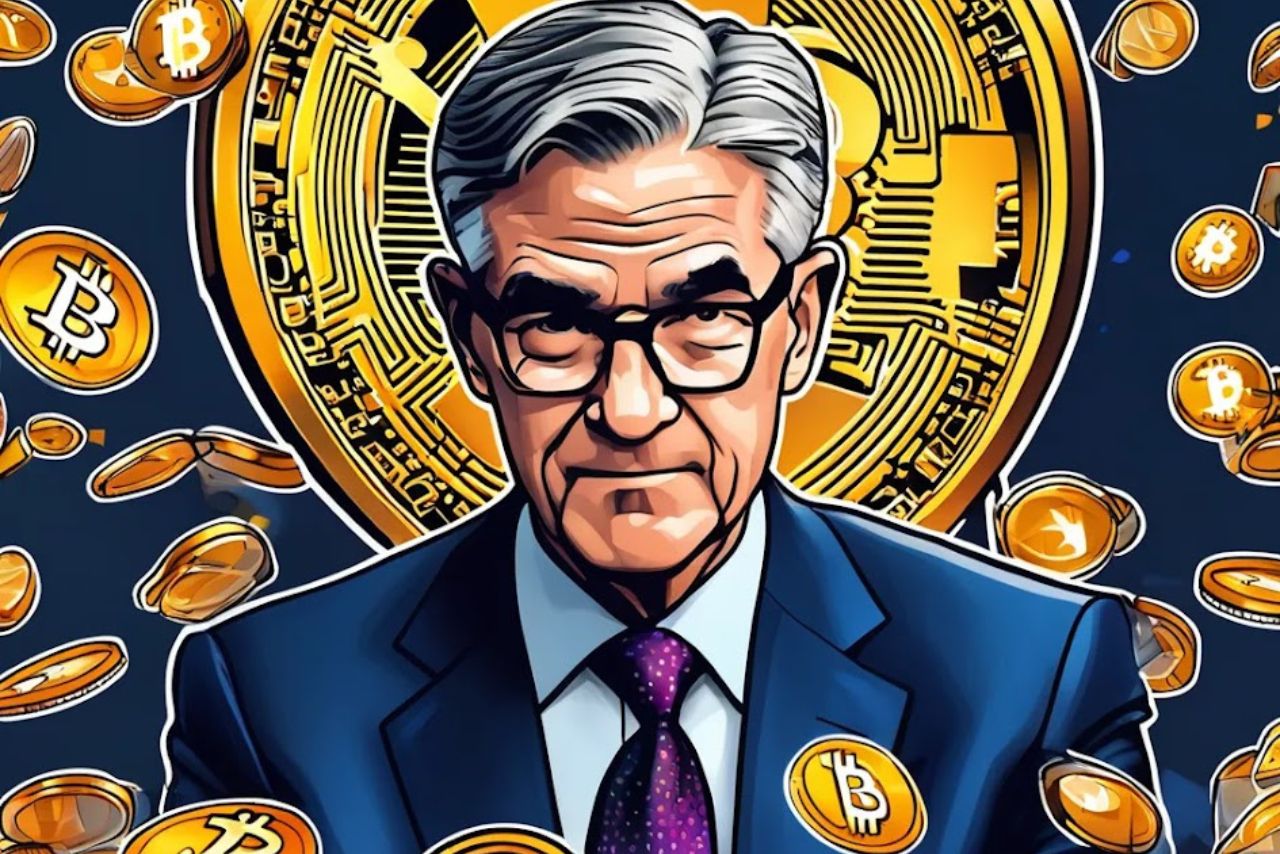Federal Reserve Chair Jerome Powell emphasised the need for clearer crypto regulations during Wednesday’s FOMC meeting. “We are not against innovation,” he stated, acknowledging banks growing crypto interactions. However, Powell urged Congress to establish a “greater regulatory apparatus” for the sector, calling it a “constructive” step. His remarks balanced support for financial technology with demands for oversight, easing investor fears of a crackdown.
Transitioning from policy to practice, analysts note regulatory clarity could boost institutional crypto adoption. “Rules reduce uncertainty,” one expert commented.
Interest Rates and Liquidity: A Crypto Catalyst
The Fed’s decision to maintain rates at 4.25%-4.50% injected cautious optimism into crypto markets. Historically, steady or lowered rates increase liquidity, driving capital toward risk assets like Bitcoin. Conversely, rate hikes often trigger pullbacks. For instance, 2024’s dovish Fed signals preceded multiple crypto rallies.
“Lower rates mean cheaper money flowing into speculative markets,” said economist Maria Gomez. Meanwhile, tighter policies could stifle momentum.
Volatility Peaks before FOMC
Bitcoin swung wildly ahead of Wednesday’s announcement, reflecting traders anxiety. Prices dropped 3% pre-meeting but rebounded 4% post-decision to $104,797. Similar volatility marked 2024’s FOMC events, with Bitcoin often dipping before rallies.
“Markets hate uncertainty,” noted trader Alex Chen. “Once decisions land, investors reposition swiftly.” Ethereum and Solana mirrored this turbulence, sliding pre-announcement before recovering.
How Inflation Affects Crypto prices?
Persistent inflation remains a wildcard. December’s 2.9% CPI reading exceeded the Fed’s 2% target, complicating rate-cut plans. Powell warned inflation could stay elevated, especially if Trump-era tariffs resume. Higher-for-longer rates might pressure Bitcoin, historically sensitive to macroeconomic shifts.
However, falling inflation could revive bets on 2024 rate cuts, fuelling crypto optimism. It’s like a tug-of-war.
Bitcoin’s Risky Patterns Signal Caution
Technical charts hint at potential trouble. Bitcoin recently formed a “double-top” pattern near $108,180, signalling bearish risks. A breakdown below $88,913 could trigger steep declines. Bearish divergences in RSI and MACD indicators since November reinforce this outlook.
Post-FOMC Bounce Ignites Altcoin Optimism
Bitcoin’s 4% rebound post-FOMC lifted altcoins, with Litecoin jumping 15% and Solana rising 9%. Senator Cynthia Lummis’s pledge to explore a “Strategic Bitcoin Reserve” added momentum. Analysts credit the rally to eased regulatory fears and macro clarity.
What’s Next for Bitcoin and Crypto Markets?
As Bitcoin navigates a pivotal juncture, traders are closely monitoring critical resistance levels at $105.4K and $107.2K. A decisive breakout above these thresholds could reignite bullish momentum, potentially propelling Bitcoin toward its all-time high of $109K and beyond. Conversely, failure to breach these barriers may trigger retests of key support zones at $102.2K or even $99.9K, testing market resilience in the near term.
The trajectory of Bitcoin—and crypto markets broadly—remains deeply intertwined with macroeconomic forces, particularly Federal Reserve policy. Hawkish stances, marked by higher interest rates or quantitative tightening, risk draining liquidity from risk assets like Bitcoin, amplifying downward pressure. Conversely, dovish signals, such as rate cuts or accommodative rhetoric, could fuel rallies by boosting investor appetite for speculative investments. Meanwhile, Fed Chair Powell’s emphasis on regulatory clarity may gradually reduce market uncertainty, though evolving rules could introduce new challenges for crypto’s institutional adoption.
Ultimately, while technical levels offer a roadmap for price action, Bitcoin’s fate rests on its ability to navigate an era defined by shifting monetary tides and evolving oversight. Investors must remain agile, balancing tactical responses to volatility with strategic patience for crypto’s role in a digitising global economy.
Written By Fazal Ul Vahab C H



